Greenhouses have evolved from simple farming tools to powerful systems that can revolutionize the way we grow food. As the world faces climate change and resource depletion, greenhouses offer solutions to reduce energy consumption and minimize waste. By controlling environmental factors, greenhouses help farmers increase yields while conserving resources. Here’s how greenhouses are making agriculture more sustainable.
1. Efficient Climate Control Reduces Energy Consumption
One of the primary advantages of greenhouse farming is the ability to regulate the internal environment. This control over temperature, humidity, and light reduces the need for external energy sources. Greenhouses can maintain optimal growing conditions year-round, even in extreme weather.
Example: At Chengfei Greenhouse, automated systems adjust temperature and humidity, reducing energy use. During winter, geothermal heating or solar energy can maintain warmth, while natural ventilation cools the space in summer. This smart climate control cuts down on heating and cooling costs, making greenhouses more energy-efficient than traditional open-field farming.
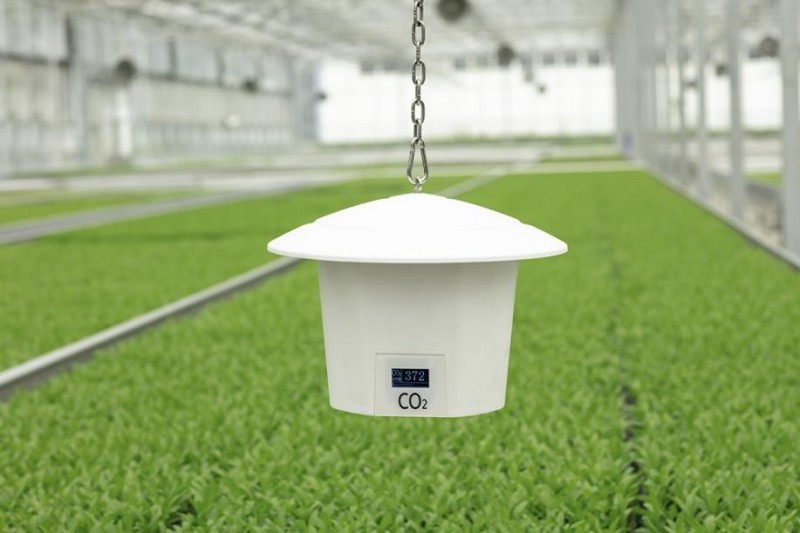
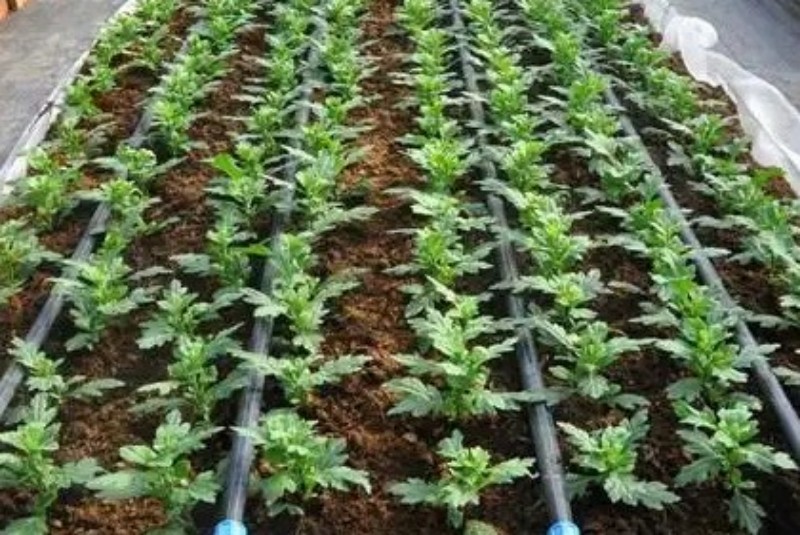
2. Water Conservation with Precision Irrigation
Water is one of the most precious resources in agriculture, and traditional farming often leads to significant water waste. Greenhouses, however, use advanced irrigation systems that minimize water loss. With techniques like drip irrigation and hydroponics, greenhouses ensure that water is delivered directly to the plants' roots, reducing waste.
Example: In Chengfei Greenhouse, the greenhouse uses a drip irrigation system that delivers water efficiently, targeting the root zone to minimize evaporation. Rainwater harvesting systems also collect and store rainwater for irrigation, further reducing reliance on external water sources.
Greenhouses use up to 90% less water than traditional farming methods, helping to conserve this vital resource.
3. Waste Reduction through Recycling and Composting
Waste management is another area where greenhouses excel. In traditional agriculture, plant residues and plastic waste often end up in landfills. Greenhouses, on the other hand, can recycle materials and compost organic waste, creating a circular system that reduces waste and reuses resources.
Example: In Chengfei Greenhouse, plant waste is composted and turned into rich organic soil for future crops. Plastic materials, like pots and packaging, are recycled, lowering the need for new resources. By adopting such practices, greenhouses reduce environmental pollution and support a sustainable growing cycle.
4. Energy-Efficient Lighting and Artificial Sunlight
In greenhouses, light is crucial for plant growth, and sometimes artificial lighting is necessary to supplement natural sunlight. However, instead of using energy-intensive bulbs, greenhouses use energy-efficient LED lights that consume far less power.
Example: Chengfei Greenhouse uses LED lights that are specifically designed to provide the right spectrum of light for different growth stages. These lights use a fraction of the energy of traditional lighting systems, ensuring that plants receive the right amount of light without excessive energy consumption.
By using efficient lighting, greenhouses can reduce electricity use while still providing optimal conditions for plant growth.
5. Renewable Energy Powers Greenhouse Operations
Many modern greenhouses are powered by renewable energy sources, which significantly reduces their carbon footprint. Solar panels, wind turbines, and geothermal systems can supply power to run lighting, climate control, and irrigation systems, reducing the greenhouse’s dependence on fossil fuels.
Example: Chengfei Greenhouse integrates solar panels to generate electricity, providing a clean and renewable energy source for the greenhouse. This reduces both energy costs and greenhouse gas emissions, making the farming process more sustainable.
Using renewable energy in greenhouses is a crucial step toward a greener future for agriculture.
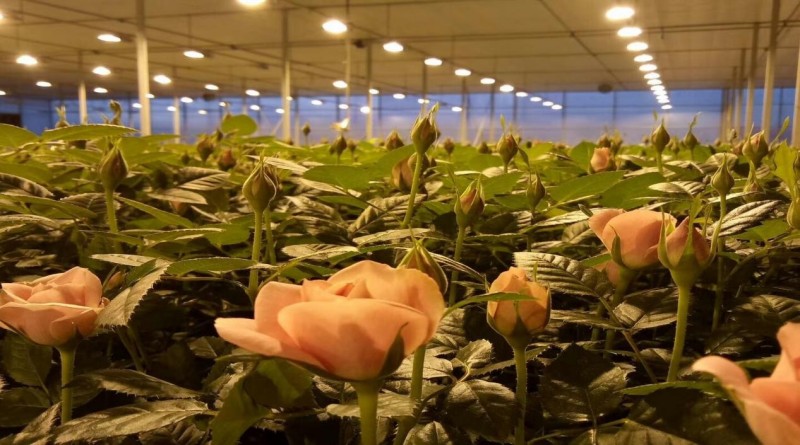
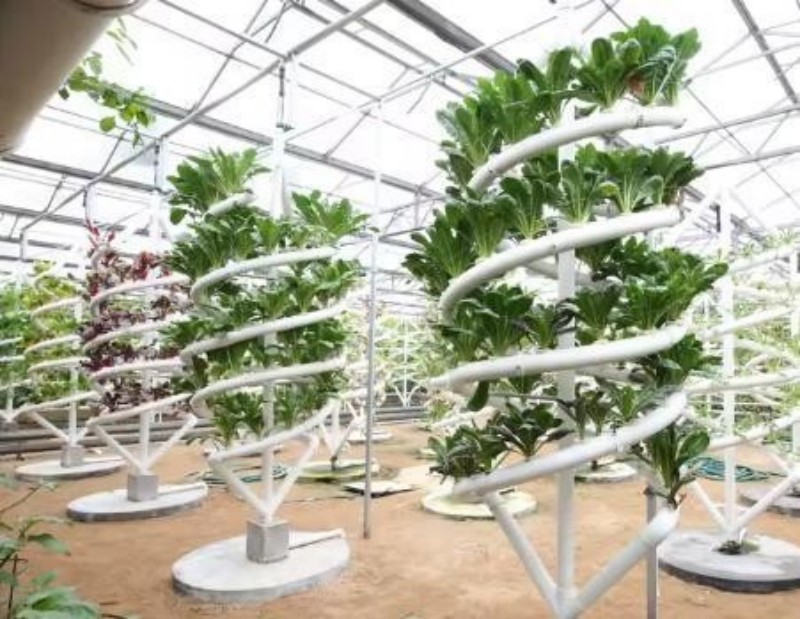
6. Maximizing Land Use for Higher Yields
Greenhouses allow for more efficient use of land by growing crops vertically or stacking plants in layers. This maximizes space and increases crop yields without the need for large expanses of land. It also helps reduce pressure on ecosystems and natural habitats.
Example: Chengfei Greenhouse uses vertical farming techniques, allowing multiple layers of crops to grow in the same space. This not only increases the yield per square meter but also reduces the need for expansive land areas, making it possible to grow food in urban environments.
By optimizing land use, greenhouses can produce more food on less land, helping to meet the growing demand for crops without expanding agricultural land.
Conclusion: Greenhouses Paving the Way for Sustainable Agriculture
Greenhouses offer a promising solution for sustainable agriculture. By improving energy efficiency, conserving water, reducing waste, and utilizing renewable energy, greenhouses help create a more sustainable farming system. Whether it’s through smart climate control, precision irrigation, or efficient lighting, greenhouses are a model for how agriculture can be both productive and environmentally responsible.
As we move toward a future where resources are limited and climate change is a real threat, greenhouses will play a key role in feeding the world sustainably. By reducing environmental impact while increasing productivity, greenhouses represent the future of agriculture—one that is both innovative and sustainable.
Welcome to have a further discussion with us.
Email: info@cfgreenhouse.com
#Greenhouse Agriculture
# Energy-efficient Greenhouses
#Water Conservation in Agriculture
#Green Agriculture
#Sustainable Agriculture
Post time: Jan-27-2025






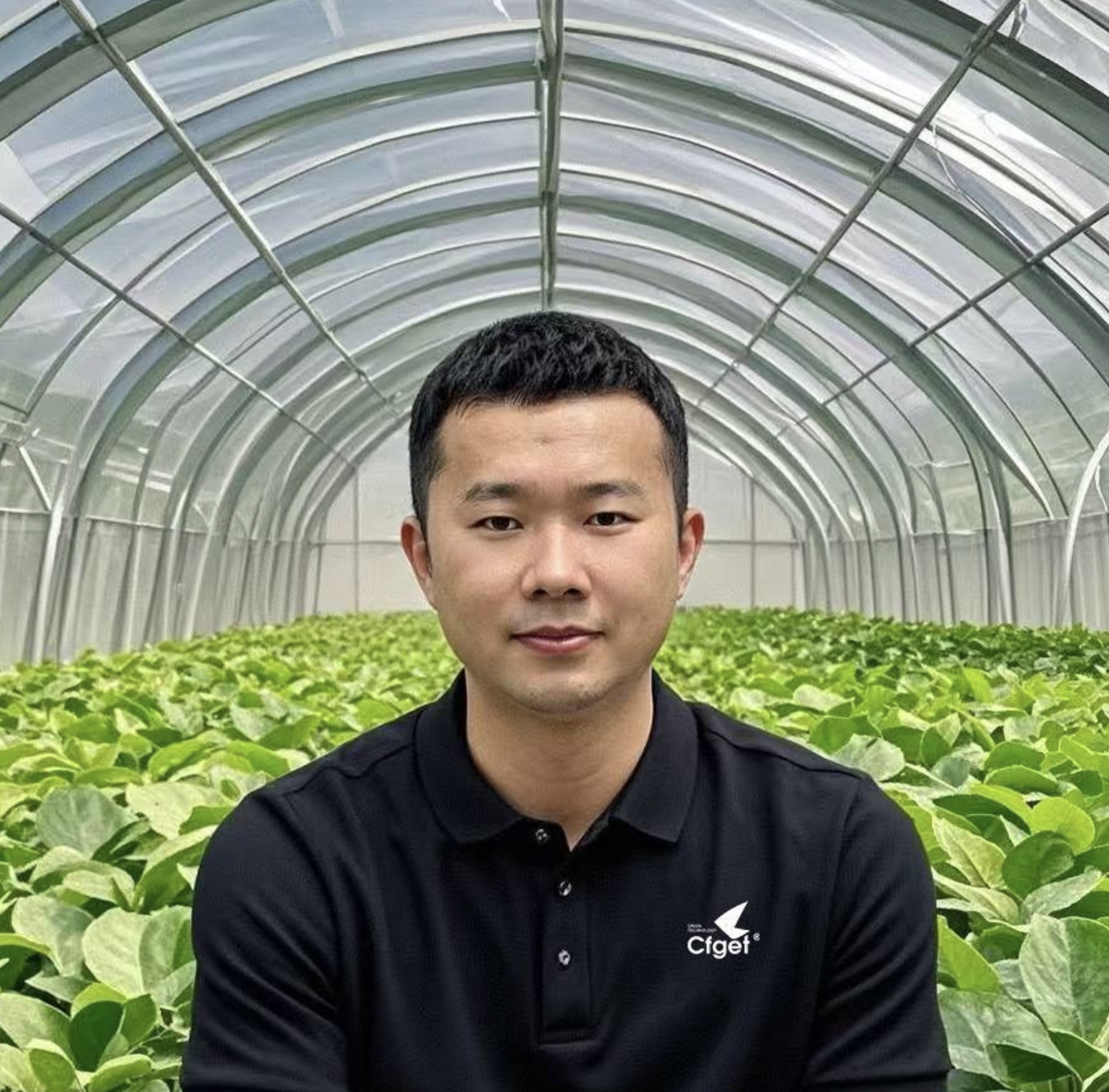 Click to Chat
Click to Chat